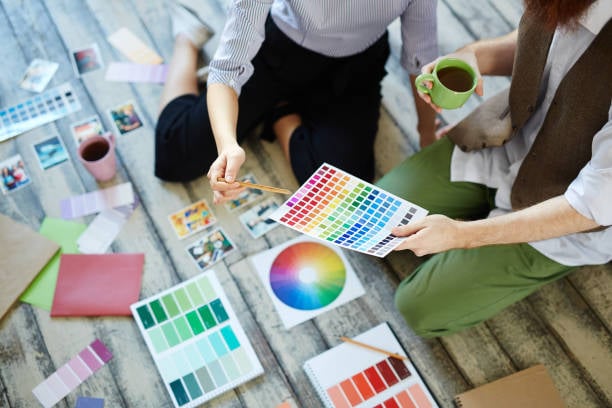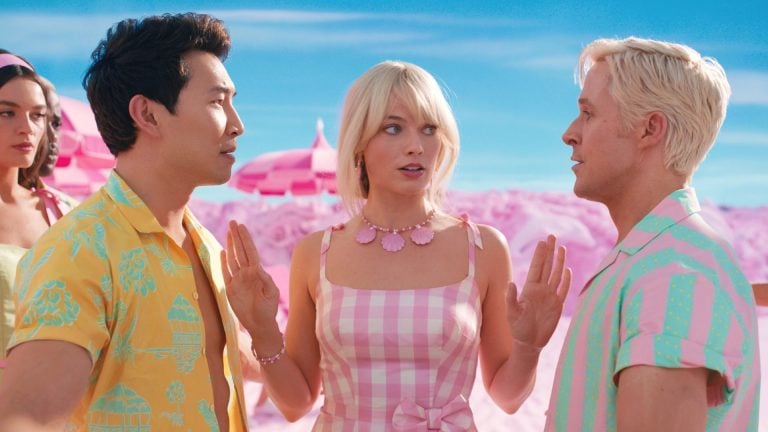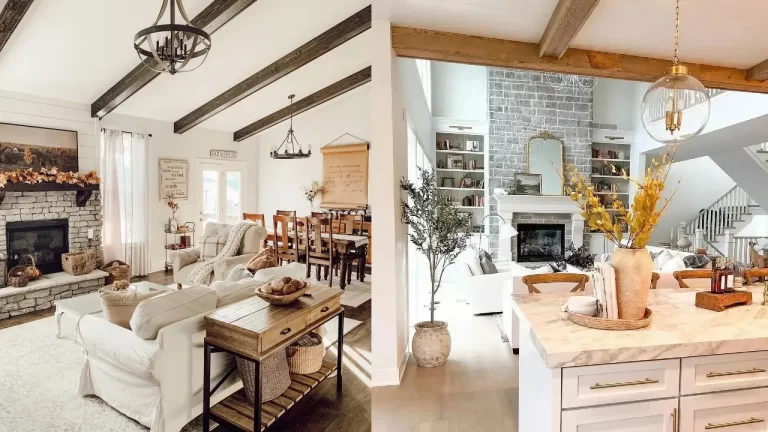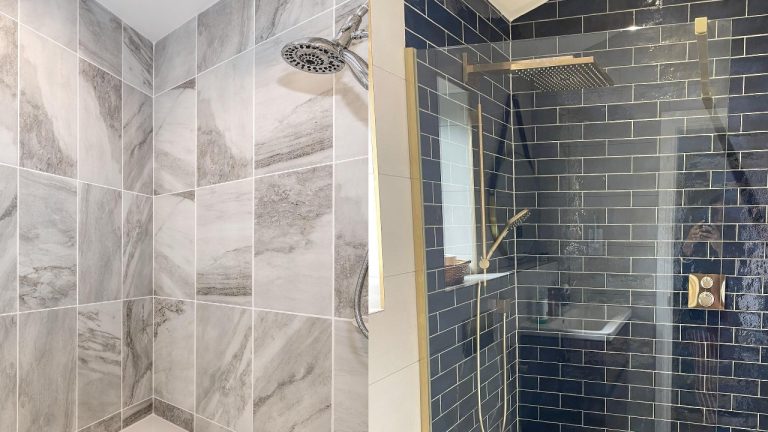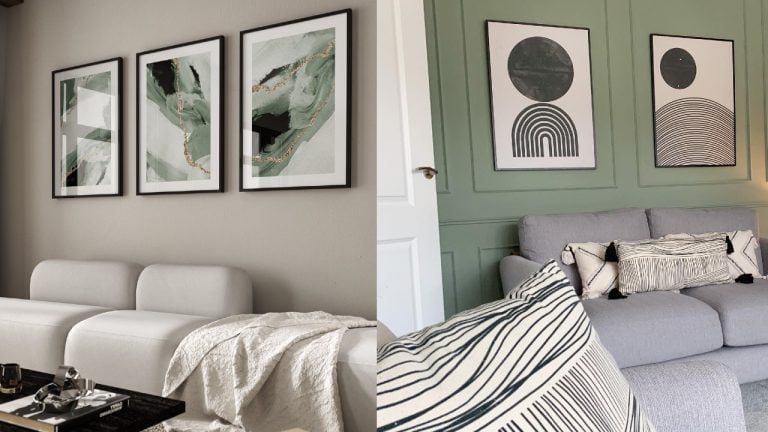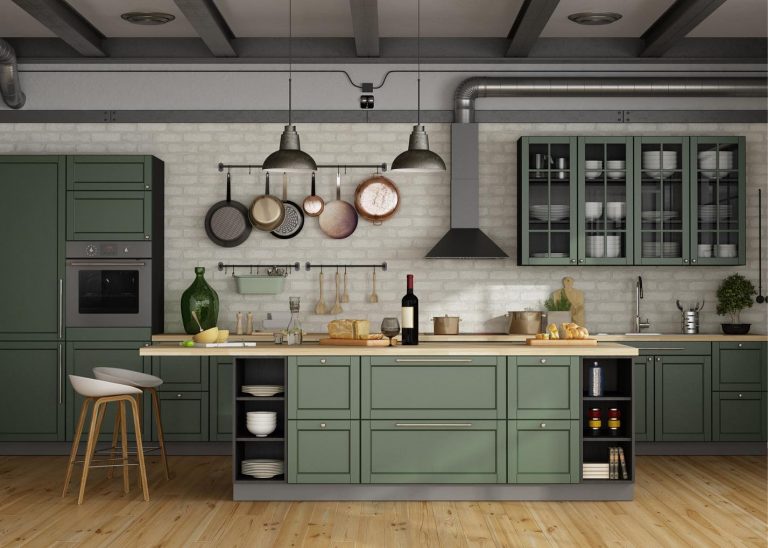School buses are perhaps the most important vehicles on the road because they transport precious cargo each and every day. That’s why it’s crucial that they are easily visible to other drivers. Avoiding accidents between buses and other vehicles is the best way to keep the children on board safe.
The yellow color that school buses have become synonymous with actually plays a very vital role when it comes to keeping the children riding on them safe. Most school buses in North America are painted what has been named “National School Bus Glossy Yellow“.
A Brief History of Yellow School Buses
Yellow is a naturally bright color, making it the perfect choice for these large vehicles that are such an important part of the fabric of each child’s education in the United States. In fact, yellow is the most-easily detectable color in the world. It tops the runner up color, red, by being 1.24 times more detectable to the eye.

This is particularly important when it comes to the peripheral vision. Since many drivers are focused on the road in front of them, being able to easily detect objects in one’s peripheral vision helps avoid side-swiping a school bus or crossing in front of a school bus, leading to a rear-end accident.
Since 1939, buses in North America have been painted this yellow color because of the multitude of benefits it offers. Dr. Frank W. Cyr, a Columbia University professor, first initiated the standards for school buses that we now know so well, earning himself the nickname, “Father of the Yellow School Bus.”
Yellow School Buses are Visible in Harsh Conditions
Aside from the fact that yellow is easily detectable to the eye, particularly in the peripheral vision, it also holds other benefits for school buses. Since many children are picked up for the school day in the early morning hours, it’s often dark. The bright yellow color stands out, even in the darkest conditions.
Bad weather- like rain, snow, and fog- can make it challenging for school bus drivers to manipulate the bus safely on the roads. Yellow can easily be seen in these types of weather conditions, giving other drivers plenty of warning that a school bus is in their path.
The black lettering on the sides of school buses, indicating what school district or bus company it is as well as the bus number, is also more visible on the yellow paint. This makes finding the correct school bus a much easier task for parents and children.
A Growing Trend of Yellow Buses
Other countries have taken note of the yellow school buses in North America. Places like the United Kingdom and Chile have used similar shades of yellow for their school buses so that their school children can also reap the benefits of this striking color.
School bus yellow will continue to remain the standard for buses in North America for the foreseeable future, ensuring children of all ages continue to remain safe as they are transported to and from school.
